Predictions & Data for this entry
| Model: std | climate: A, B, C, D | migrate: | phylum: |
| COMPLETE = 3.5 | ecozone: TH, TA, TN, TP | food: biPz, biCir | class: |
| MRE = 0.159 | habitat: 0iFl, 0iFp, 0iFm | gender: D | order: |
| SMSE = 0.064 | embryo: Fp | reprod: Apf | family: |
Zero-variate data
| Data | Observed | Predicted | (RE) | Unit | Description | Reference |
|---|---|---|---|---|---|---|
| Vb | 3 | 2.53 | (0.1565) | 10^6 mum^3 | volume at birth | RobeSalt1981 |
Uni- and bivariate data
| Data | Figure | Independent variable | Dependent variable | (RE) | Reference |
|---|---|---|---|---|---|
| tV_240 | 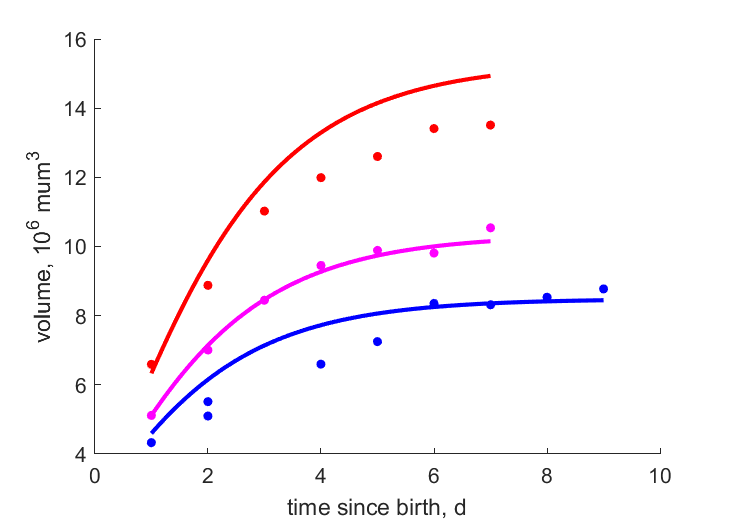 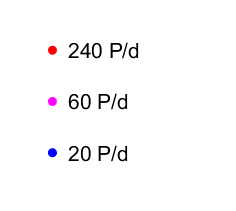 | time since birth | volume | (0.09402) | RobeSalt1981 |
| tV_60 |   | time since birth | volume | (0.01773) | RobeSalt1981 |
| tV_20 |   | time since birth | volume | (0.07153) | RobeSalt1981 |
| JXVi | 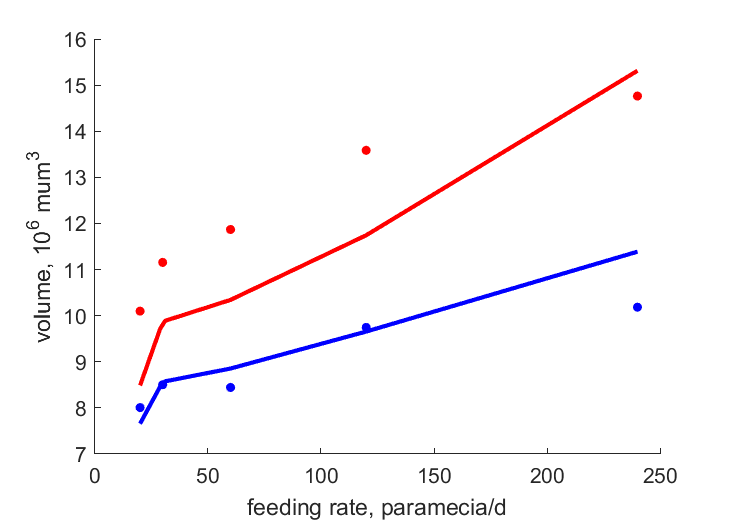 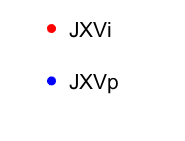 | feeding rate | volume | (0.1109) | RobeSalt1981 |
| JXVp |   | feeding rate | volume | (0.04716) | RobeSalt1981 |
| JXam | 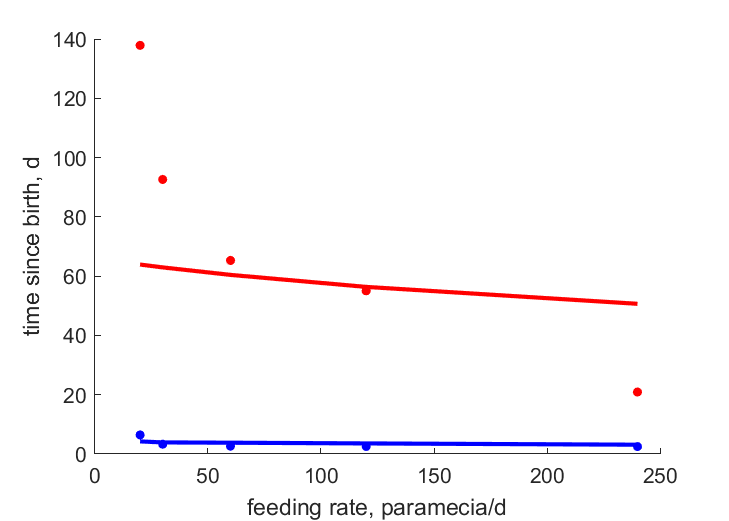 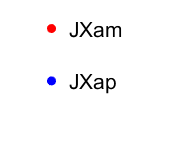 | feeding rate | time since birth | (0.3756) | RobeSalt1981 |
| JXap |   | feeding rate | time since birth | (0.3275) | RobeSalt1981 |
| JXRi |  | feeding rate | reproduction rate | (0.2312) | RobeSalt1981 |
Pseudo-data at Tref = 20°C
| Data | Generalised animal | Asplanchna girodi | Unit | Description |
|---|---|---|---|---|
| v | 0.02 | 0.172 | cm/d | energy conductance |
| kap | 0.8 | 0.3111 | - | allocation fraction to soma |
| kap_R | 0.95 | 0.95 | - | reproduction efficiency |
| p_M | 18 | 2083 | J/d.cm^3 | vol-spec som maint |
| k_J | 0.002 | 0.002 | 1/d | maturity maint rate coefficient |
| kap_G | 0.8 | 0.7995 | - | growth efficiency |
Discussion
- This entry concerns parthenogenetic reproduction, so females only
- No density data available; d_V = 0.035 g/cm^3 is assumed because this species is very watery
- Effect of feeding on survival is probably due to NO2 in paramecia, which were fed with lettuce
Facts
- This entry is discussed in Kooy2010, cf Fig 6.12 (Ref: Kooy2010)
Bibliography